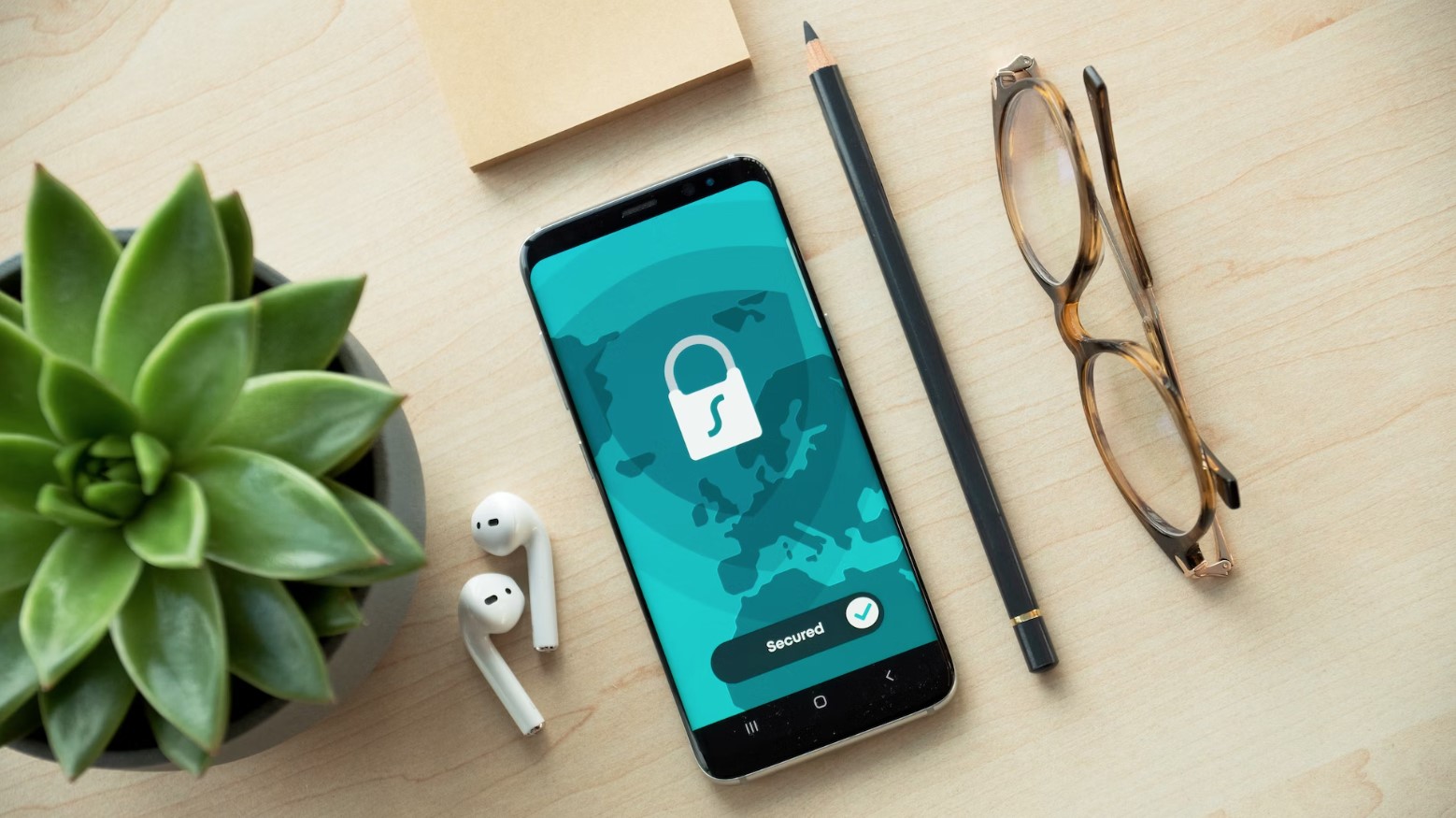In today’s interconnected digital landscape, a strong cyber security strategy is an absolute must-have for businesses around the globe. With technology advancing at the speed of light, the risk of cyber threats and attacks has gone through the roof. So putting in place a strategy that safeguards sensitive data, protects intellectual property, and ensures uninterrupted business operations should be your number one priority!
Cyber threats are ever-evolving and the increasing sophistication of attacks calls for a multifaceted approach to cyber security. That’s why today we will explore the 9 essential components that serve as the foundational pillars of an effective cyber security approach.
My goal is to provide you with practical insights and actionable tips to assist you in developing and implementing an efficient cyber security strategy that caters to the unique requirements of your organisation. By focusing on these 9 essential components, you will be able to enhance your security posture and keep your company safe.
So, without further ado, let’s jump right in and discover the essential pieces that’ll help you create a rock-solid and proactive cyber security strategy.
1. Risk Assessment and Threat Analysis
Before diving into the implementation of any security measures, conducting a comprehensive risk assessment and threat analysis is absolutely crucial. This involves identifying vulnerabilities, evaluating threats, and understanding their potential impact on your organisation.
By gaining a clear understanding of your risk landscape, you can effectively prioritise security efforts and implement targeted risk mitigation strategies. A thorough risk assessment allows you to allocate resources efficiently and make informed decisions about cyber security solutions that align with your organisation’s needs.
It is important to recognise that this process is never a one-time event. As threats evolve and your company’s data and systems change, ongoing evaluation of risks is necessary to ensure the security of your organisation.
2. Strong Network Security
This component truly is the backbone of any cyber security strategy. There are four major components to take into consideration when implementing a strong network security strategy:
- Firewalls act as the first line of defence, monitoring and filtering incoming and outgoing network traffic to prevent unauthorized access and malicious activities.
- Intrusion detection systems help identify and respond to potential security incidents in real time.
- Securing wireless networks is essential to prevent unauthorized access and eavesdropping.
- Enforcing strong password policies and implementing secure remote access protocols help prevent unauthorized access to your network.
For comprehensive network security, we always recommend going with Sophos Security. They provide a range of tools and robust security that covers the major components we have discussed.
Their firewalls and intrusion detection systems offer a strong first line of defence. They also ensure secure wireless networks and enforce stringent password policies to prevent unauthorized access. Additionally, Sophos implements secure remote access protocols for encrypted communication.
Overall, Sophos offers a comprehensive suite of tools to ensure strong network security.
3. Robust Data Encryption
Data encryption plays a crucial role in protecting sensitive information from unauthorised access. It involves converting plain, readable data into a coded form using encryption algorithms, making it unreadable to unauthorised individuals. This ensures that only those with the appropriate decryption key can access and decipher the data.
By encrypting data in transit and at rest, even if it falls into the wrong hands, it remains incomprehensible. Encryption provides an added layer of security, ensuring that only authorised individuals can access and interpret the data.
To stay ahead of evolving threats, it is important to use robust encryption algorithms and regularly update encryption protocols. You should also be encrypting backups and portable storage devices to help protect data in case of loss or theft.
4. Effective Identity and Access Management
Identity and Access Management (IAM) ensures that only authorised individuals can access specific resources within your organisation. Strong authentication mechanisms, such as multi-factor authentication (MFA), add an additional layer of security by requiring users to provide multiple pieces of evidence to verify their identity.
Implementing a zero-trust strategy with least-privilege access controls ensures that users have only the necessary access privileges to perform their job functions, reducing the potential impact of compromised credentials. Regularly reviewing and revoking user access rights as employees change roles or leave the organisation helps maintain a secure access environment.
To simplify this process it’s best to work with a platform that features like IAM and MFA natively.
Looking for a platform that puts security first? The best place to start is Microsoft 365 Business Premium!
Microsoft 365 Business Premium provides advanced threat protection, multi-factor authentication, and data loss prevention, ensuring a secure environment by safeguarding against cyber threats and controlling access to sensitive information across devices and applications.
5. Regular Vulnerability Assessments and Penetration Testing
Periodic vulnerability assessments and penetration testing help identify weaknesses in your systems and applications. By conducting these tests, you can proactively address vulnerabilities and mitigate potential risks.
Vulnerability assessments involve scanning your network, systems, and applications to identify known vulnerabilities. This process helps you prioritise patching and updates, reducing the likelihood of exploitation by cyber attackers.
Penetration testing goes a step further by simulating real-world attack scenarios to identify system weaknesses that may not be detected through automated scans alone. By engaging ethical hackers to assess your organisation’s security posture, you can uncover potential entry points and take corrective actions before malicious actors exploit them.
Addressing vulnerabilities that are brought to light from these tests promptly is essential to maintain a strong security posture.
6. Ongoing Security Training and Awareness
Employees play a critical role in maintaining cyber security. Research suggests that the human element continues to drive breaches, accounting for 82% of all cyber attacks! So it is important to have regular security training sessions to educate employees about best practices, such as recognising phishing attempts, avoiding social engineering attacks, and handling sensitive information securely.
By fostering a culture of awareness and encouraging employees to report suspicious activities, organisations can create a strong human firewall. Ongoing security training should be tailored to address emerging threats and industry-specific risks.
If you are looking for security awareness training for your team, you need to check out KnowBe4! It’s the world’s largest integrated security awareness training and simulated phishing platform and a powerful tool to enhance your organisation’s cyber security posture.
Through engaging training modules and realistic simulated phishing attacks you can address the human element of cyber security, which is often the weakest link in an organisation’s defence.
7. Regular Security Audits, Updates and Compliance
Ensuring the ongoing effectiveness of your cyber security measures requires regular security audits, updates, and compliance checks. Conducting periodic audits helps identify any vulnerabilities or gaps in your security infrastructure, allowing you to address them promptly. These audits involve thorough examinations of your systems, networks, and processes to assess their compliance with industry standards and regulations.
In addition to audits, staying up-to-date with security updates is crucial. Cyber threats are ever-evolving, and new vulnerabilities are discovered regularly. By promptly applying security patches and updates to your software, operating systems, and applications, you can mitigate the risk of exploitation by potential threats.
Maintaining compliance with relevant regulations and standards is another essential aspect of your cyber security strategy. Depending on your industry and location, there may be specific requirements and guidelines you need to adhere to. Regularly reviewing and ensuring your compliance not only safeguards your organisation from potential penalties but also demonstrates your commitment to maintaining a secure and trustworthy environment for your stakeholders.
8. Continuous Monitoring and Incident Response
Cyber threats can strike at any time, making continuous monitoring of your systems and networks crucial for early threat detection and response. Implementing robust security monitoring tools allows you to actively track and analyze network traffic, system logs, and user activities. By monitoring for suspicious or anomalous behaviour, you can swiftly identify potential security incidents and take immediate action.
Having an efficient incident response plan is equally important. This plan outlines the step-by-step procedures to be followed in the event of a security incident. It establishes clear roles and responsibilities, ensuring a coordinated and timely response to minimise the impact of the incident. Regularly testing and updating the incident response plan is vital to ensure its effectiveness and alignment with the evolving threat landscape.
But monitoring and responding to incidents can be a daunting, time-consuming and costly task! So why not partner with a Managed IT Service provider to handle your cyber security?
All Covered IT is the technology division of Document Solutions Australia.
Since 2001, the Doc Sol team have built strong business foundations and corporate relationships that reach into business communities throughout the Gold Coast region.
All Covered IT brings the same bullet-proof service reputation with a wealth of knowledge and experience you can rely on. From wholly managed IT service to software, hardware and high-quality cyber security, we’ve got you all covered.
9. Have a Disaster Recovery Plan
No organisation is immune to unforeseen disasters, whether they be natural disasters, hardware failures, or malicious attacks. Having a robust disaster recovery plan in place is crucial to minimise downtime, quickly restore operations, and mitigate data loss.
A comprehensive disaster recovery plan includes measures such as regular data backups, offsite storage of backups, and clearly defined recovery procedures. By regularly backing up your critical data, you ensure its availability even in the face of a catastrophic event. Offsite storage of backups provides an additional layer of protection, safeguarding your data from physical damage or loss at your primary location.
Furthermore, conducting periodic tests and simulations of your disaster recovery plan helps identify any potential gaps or issues that need to be addressed. It is essential to keep the plan up to date, considering changes in your organisation’s infrastructure, applications, and critical systems.
By having a well-prepared disaster recovery plan, you can minimise the impact of disruptive events, maintain business continuity, and ensure the resilience of your organisation in the face of unexpected challenges.
It’s time to build your new Cyber Security Strategy Today!
Safeguarding your organisation against cyber threats requires a holistic and proactive approach. By implementing the 10 essential components of a robust cyber security strategy, you can significantly enhance your organisation’s resilience to cyber-attacks.
Remember, cyber security is an ongoing effort that requires continuous monitoring, adaptation, and collaboration with trusted partners. By working with All Covered IT, you can access our expertise in managing cyber security risks and gain peace of mind knowing that your organisation is well-protected in the ever-changing digital landscape.
So what are you waiting for? Get in touch today to protect your organisation from cyber threats today!








